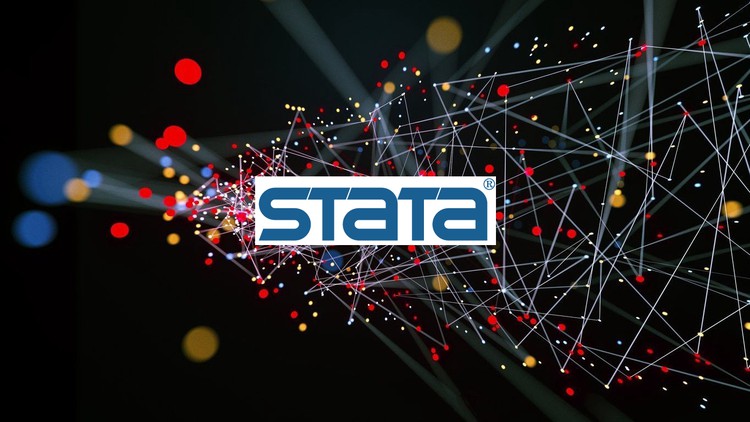
Practical way to learn Data Science and Machine Learning with STATA . Examples and real data are provided
What you will learn
Data Science
Machine Learning
Programming Language STATA
Credit Risk Modelling
Description
Hello and welcome to the Machine Learning with STATA course. Machine Learning is influencing our daily lives and is one of the most significant aspects of technological advancements. The goal of this course is to provide you with the most up-to-date Machine Learning methodologies using STATA . It will teach you how to think about data science and machine learning in a new way. This is an excellent approach to begin a career in Machine Learning because you will learn some fundamental principles and receive practical experience. I’m thrilled to share what I know about Machine Learning using STATA with you. I assure you that it will be well worth your time and effort, and that you will gain a vital skill.
Based on our research this is the only course that uses STATA to apply Machine Learning Models in Credit Risk Scenario. Because we know that many of you are already familiar with STATA or want to be familiar, we chose it as our platform. From the beginning to the finish of the course, we will start from scratch and work together to build new abilities. In this course, we will work together to create a complete data science project utilizing Credit Risk Data from start to finish. For this course, we have information on around 40,000 consumers, including their level of education, age, marital status, where they live, if they own a home, and other pertinent information.
We’ll get our hands filthy with these numbers and dig deep into them, and you’ll be able to practice on your own. Additionally, you will have access to essential resources like as lectures, homework, quizzes, slides, and a literature analysis on modeling methodologies. Let’s see what the course structure looks like right now!
Content